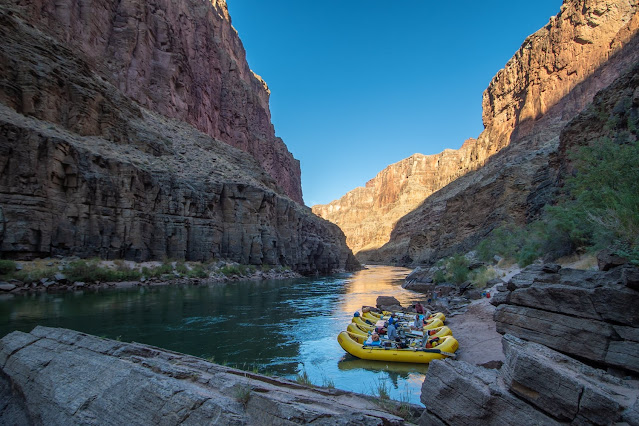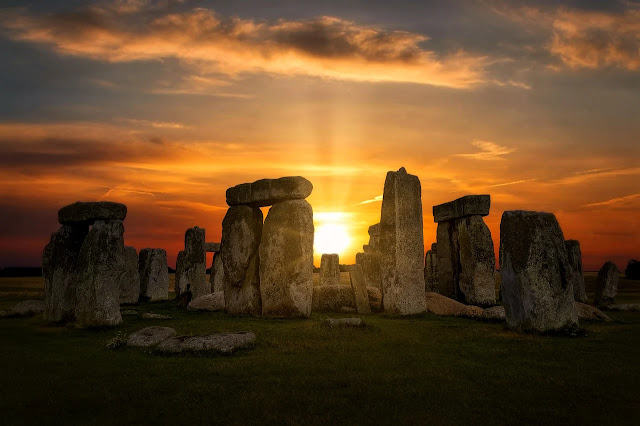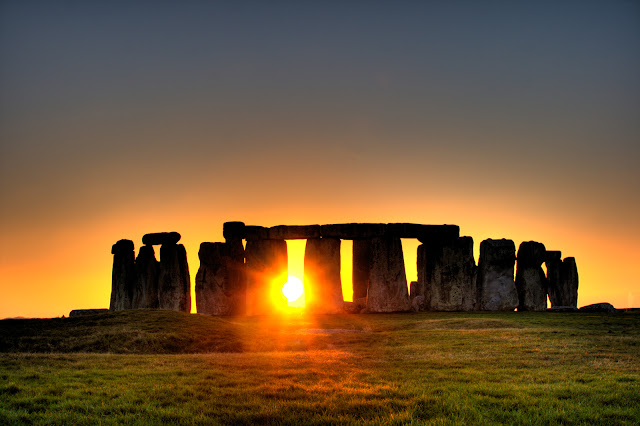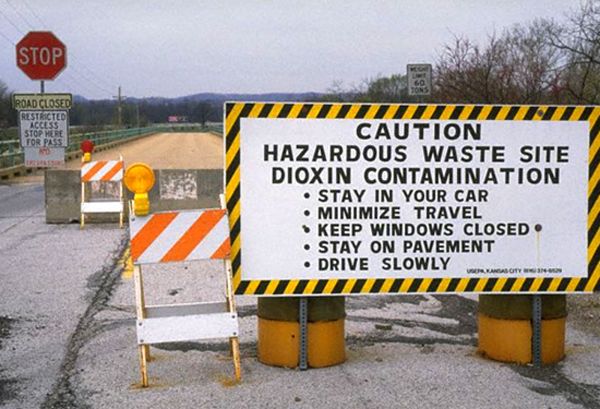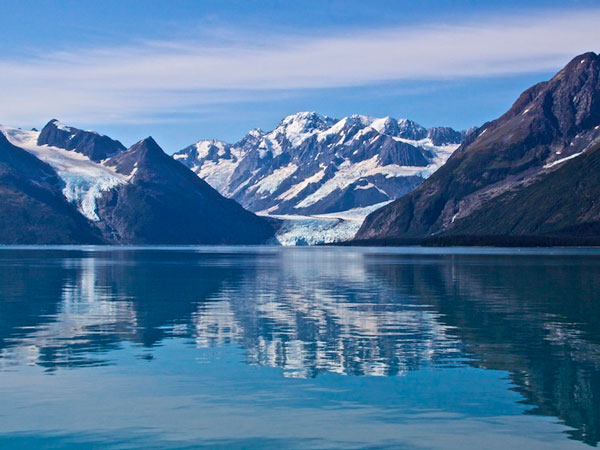A run-down Colorado is an epic adventure. ‘Normal’ rapids are rated I to V, but the 160-plus rapids on Colorado are rated one to 10, with many V or higher. There’s a lottery system for permits for independent rafting. Commercial trips also fill up well in advance and take three forms: oar, paddle or motorized; paddle trips are the most adventurous. Note, motorboats can’t run after 15 September, so the river gets quieter from then. That would be great fun and a lifetime experience to raft at Grand Canyon. We're sure you would love it.
A compendium of interesting places, hidden wonders, Beautiful Places, strange travel destination, tourist attractions.
Friday, 18 March 2022
Raft the Grand Canyon
A run-down Colorado is an epic adventure. ‘Normal’ rapids are rated I to V, but the 160-plus rapids on Colorado are rated one to 10, with many V or higher. There’s a lottery system for permits for independent rafting. Commercial trips also fill up well in advance and take three forms: oar, paddle or motorized; paddle trips are the most adventurous. Note, motorboats can’t run after 15 September, so the river gets quieter from then. That would be great fun and a lifetime experience to raft at Grand Canyon. We're sure you would love it.
Friday, 11 March 2022
The Solstice at Stonehenge
WHY NOW Watch the sunrise over Neolithic stones, along with druids and dawn-seekers WHERE Stonehenge, Wiltshire DATES Summer solstice, usually 21 June The celebrations to mark the longest day of the northern year date back to pre-Christian times and inspire various rituals, from fertility rites to invocations of future agricultural success.
One of the most famous summer solstice celebrations is at England’s Stonehenge. From 1972 to 1984 neo-druids and other alternative communities converged on the Neolithic stone circle for the Stonehenge Free Festival but in 1985 a clash between riot police and travelers setting up the festival led to the site being off-limits for solstice. Thankfully, it reopened in 1999, and the spiritual dawn now attracts more than 20,000 people.
The Solstice at Stonehenge gives the worshippers of the Sun a chance to see something they've never seen before. In addition to that, it is also one of the best times for making some impressive photos on your iPhone. The Solstice at Stonehenge is a time when time stands still and people can experience peace and harmony with nature.
The ancient monument in Upper Swell, Salisbury, is one of the most impressive places for festivals. The Solstice at Stonehenge is the summer season's most important event for celebrating the longest day and shortest night of the year. This was a popular tradition for early Britons, who celebrated this event annually as part of their religious life.
The celebration also incorporated other winter solstice events, like Fire-Festival and Animal Fertility Festival. The Solstice at Stonehenge is one of the most important events in history. It is an ancient and unique winter solstice festival for those who live in Britain. The ancient Druids used to perform a ritual to mark the shortest day and longest night on the solstice.
This ritualistic event happens annually and this year also brings in its own set of celebrations with spectacular 17th-century buildings, like Stonehenge, still intact. Stonehenge has been a significant part of British culture since prehistoric times. It was built around 3000 BC and has continued to be significant ever since then, even now that it looks largely identical to its original form.
Source - CP
Tuesday, 8 February 2022
Times Beach, Missouri
The small town of Times Beach, Missouri was once a thriving community with a population of over 2000 residents. But in 1982, the town became infamous when it was discovered that the soil and water had been contaminated with dioxin - a toxic substance that can cause serious health problems.
Due to the contamination, Times Beach was eventually abandoned and is now virtually uninhabitable. The buildings still stand, but they are slowly crumbling due to neglect. The town has a ghostly feel to it as if its residents just disappeared one day.
It's a tragic story and a cautionary tale about the dangers of chemical waste. Times Beach is a reminder of what can happen when greed takes precedence over safety. It's a place worth visiting if you ever get a chance, but don't stay too long. Times Beach is not safe for human habitation anymore.
The town has a ghostly feel to it as if its residents just disappeared one day. It's a tragic story and a cautionary tale about the dangers of chemical waste. Times Beach is a reminder of what can happen when greed takes precedence over safety. It's worth visiting if you ever get a chance, but don't stay too long - Times Beach is not safe for human habitation anymore.
Thursday, 13 January 2022
The Howler Monkeys of Placencia Village Belize
WHY NOW To explore this compact wildlife wonderland before the rains descend
WHERE Community Baboon Sanctuary
DATES - December to May - In Belize black howler monkeys are known as baboons, and the Community Baboon Sanctuary, 40km outside capital Belize City, is the only area established entirely for their conservation. It’s a community-based initiative, located in the village of Bermudian Landing. Landowners pledge to voluntarily manage their land in a monkey-friendly fashion, creating corridors for howlers. The scheme has spread to surrounding villages, resulting in the densest concentration of howlers found anywhere: up to 250 individuals per hectare.
This density of monkeys makes for a particularly vocal population. When you hear their deafening calls resonating through the forest, you’ll quickly understand how they got their name. Although these howler monkeys are endangered due to habitat loss, and hunting. But thankfully, Belize still has a sufficient population of the loudest of primates. The Howler monkeys preferred to like vegetables and their diet consists of flowers, leaves, and fruits. Source - Charismatic Planet
Thursday, 6 January 2022
Kiteboard on Maui
WHY NOW The wind is at its best – with August being Kite Beach’s blowiest month WHERE Kanaha, Maui, Hawaii DATES June to September Kanaha Beach, on Maui’s north shore, is a tranquil stretch of coast with wonderful views of the West Maui Mountains. But kiteboarding has become so popular here that they’ve renamed the place ‘Kite Beach’. There are even areas set aside solely for kiteboarders.
It’s an appropriate name change: Kanaha is considered to be the birthplace of modern kitesurfing, dating from the mid-1990s when water-pioneers Laird Hamilton and Manu Bertin started riding surf-style boards with foot straps on Maui’s north shore.
It’s impressive to watch, and hard to master. Instruction is available at Kite Beach. First, you learn how to fly the kite; then you practice body-dragging (letting the kite pull you across the water); finally, you step onboard. Anyone can try here, though: a reef keeps waters near shore flat for beginners, while the more experienced can head beyond the reef to tackle-breaking waves.
Tuesday, 21 December 2021
Prince William Sound, Alaska United States
Prince William Sound, a largely unspoiled wilderness of steep fjords and mountains, glaciers, and rainforest, rests calmly at the head of the Gulf of Alaska. Sheltered by the Chugach Mountains in the north and east, and the Kenai Peninsula in the west, and with its sparkling blue waters full of whales, porpoise, sea otters, and seals, the Sound has a relatively low-key tourist industry. The only significant settlements, spectacular Valdez, at the end of the trans-Alaska pipeline, and Cordova, a fishing community only accessible by sea or air, are the respective bases for visiting the Columbia and Child's glaciers.
The region’s first settlers, the Chugach Eskimos, were edged out by the more aggressive Tlingit, in their turn displaced by Russian trappers in search of sea otter pelts, and then by American gold prospectors and fishers. The whole glorious show was very nearly spoiled forever on Good Friday 1989 when the Exxon Valdez spilled eleven million gallons of its cargo of crude oil. Although the long-term effects have yet to be fully determined, the spill, fortunately, affected just a fifth of the Sound and today no surface pollution is visible.
Saturday, 11 September 2021
Cayo District - Belize
The tropical broadleaf forest of western Belize’s mountainous Cayo District was the heart of the ancient Maya world. Of the 600 ruins buried in the jungle near the Guatemalan border—reachable by horseback or jeep— none compare to Caracol. Though not as well excavated as Tikal in Guatemala (see p. 970), it was one of the great Maya city-states, occupied from the 1st to the 11th centuries and known for its 140-foot-high “sky palace.” In its heyday, there were thousands of buildings across a 30-square-mile area that supported a population of more than 150,000. Set off with a guide to explore Caracol and other nearby treasures, such as underground river cave systems and natural pools and waterfalls that are perfect for a swim.
Or spend the day zip-lining, trekking, kayaking, exploring butterfly gardens, or spotting the birdlife for which the country is famous. The riverside Lodge at Chaa Creek features thatch-roofed cottages, an excellent hilltop spa, horses for jungle treks, and a large, airy restaurant. It is set on a private 365-acre riverside nature preserve, where guests can enjoy a butterfly farm, visit a Maya medicine center, and hike miles of trails. Guides point out exotic jungle residents, such as quarrelsome howler monkeys and some of the 300 species of tropical and migratory birds. A few miles away at the more rustic Mountain Equestrian Trails (MET), horseback riding is the specialty.
A guide will lead you along 60 miles of narrow, winding trails into the Mountain Pine Ridge Forest Reserve, pointing out wildlife and recounting jungle lore. Back at the lodge, repair to a kerosene-lamp-lit cabana, and in the morning feast on banana pancakes. Set by a scenic creek and a series of gentle falls, the nearby Blancaneaux Lodge, owned by filmmaker Francis Ford Coppola, is the most stylish in the district, with 20 detail-rich accommodations ranging from modest cabanas to a sprawling villa.
Amenities include a riverside spa and a restaurant with the jungle chorus in the background. Worth the detour north of Cayo to Orange Walk, the jungle-enveloped Chan Chich Lodge lets you feel as if you’ve stepped into the ancient world. Built on a Maya plaza dating to the Classic Period (a.d. 300–900), Chan Chich’s elegant thatch-roofed bungalows are surrounded by 130,000 acres of vine-tangled wilderness teeming with more jaguars, jaguarundi, pumas, ocelots, and margays than you’ll find in any other part of Belize. Nine miles of trails wend around temples concealed under grass-covered mounds, and local guides are as well versed in the region’s flora and fauna as they are in the history of its ancient peoples.


